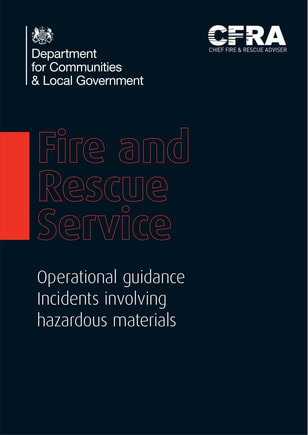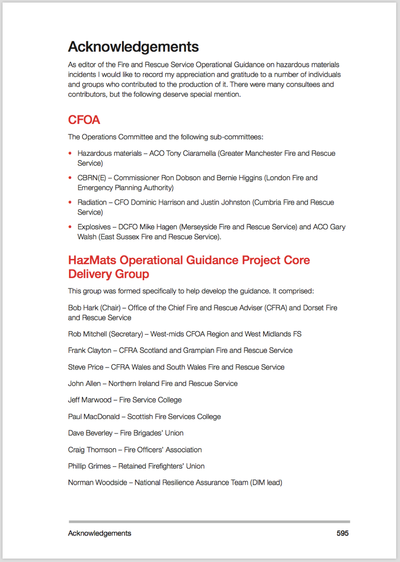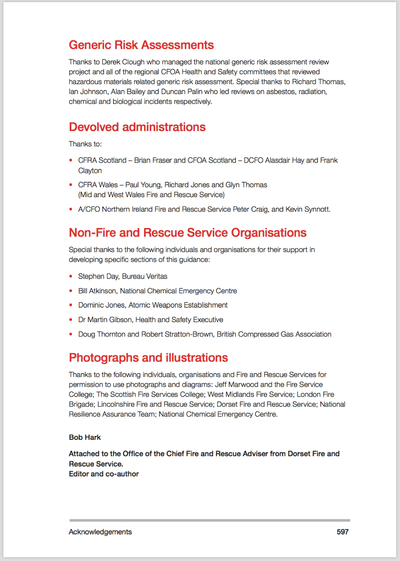HAZMAT Training Limited is committed to providing the very best training and development programmes for emergency response organisations
We are doing this by:
SOURCES:
THE 12 BRAIN RULES
http://www.brainrules.net
Daniel Kahneman "Thinking, fast and slow"
Kahneman describes two different ways the brain forms thoughts:
SOURCE:
en.wikipedia.org/wiki/Thinking,_Fast_and_Slow
We are doing this by:
- Using state of the art blended learning techniques which have a firm basis in phycological/educational research (See SOURCES below)
- Ensuring that all course content is firmly based on national standards and UK FRS national operational guidance (NOG)
- Working closely with the Institution of Fire Engineers (IFE), UKFRS NOG, NFPA and 'Skills for justice -fire and rescue'
- Employing dynamic trainers with a passion and track record in delivering top class HAZMAT courses.
SOURCES:
THE 12 BRAIN RULES
- SURVIVAL: The human brain evolved, too.
- EXERCISE: Exercise boosts brain power.
- SLEEP: Sleep well, think well.
- STRESS: Stressed brains don't learn the same way.
- WIRING: Every brain is wired differently.
- ATTENTION: We don't pay attention to boring things.
- MEMORY: Repeat to remember.
- SENSORY INTEGRATION: Stimulate more of the senses.
- VISION: Vision trumps all other senses.
- MUSIC: Study or listen to boost cognition.
- GENDER: Male and female brains are different.
- EXPLORATION: We are powerful and natural explorers.
http://www.brainrules.net
Daniel Kahneman "Thinking, fast and slow"
Kahneman describes two different ways the brain forms thoughts:
- SYSTEM 1: Fast, automatic, frequent, emotional, stereotypic, subconscious - examples of things system 1 does
- SYSTEM 2: Slow, effortful, infrequent, logical, calculating, conscious - examples of things system 2 does
SOURCE:
en.wikipedia.org/wiki/Thinking,_Fast_and_Slow
Proudly powered by Weebly





